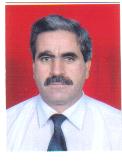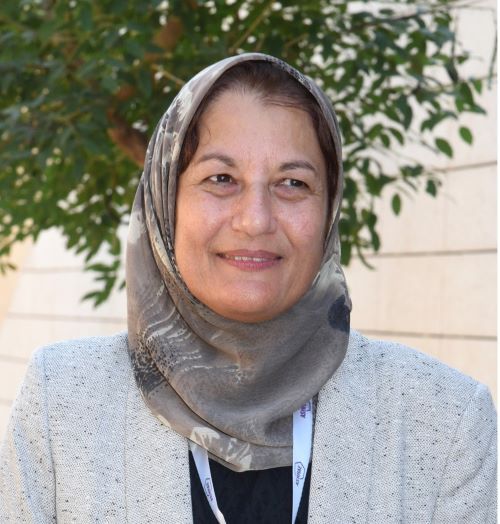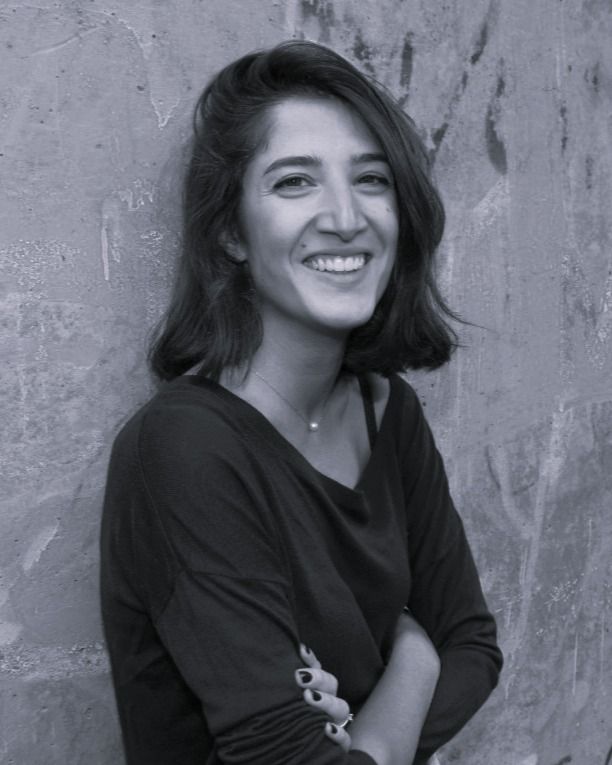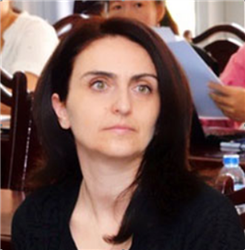
-
Format
Virtual Lab
-
Lab manager
Dr. Nesreen Ghaddar
farah@aub.edu.lb -
Technical Assistance
Jaafar Younes
jiy01@mail.aub.edu
Human Thermal Response Application
This tool is developed to simulate human physiological and psychological thermal responses across different environmental conditions and for different population groups (young adults and elderly). It accommodates various age groups using a multi-segment, multi-node heat transfer model that includes active thermoregulation mechanisms, an integrated blood circulation model, and a clothing model. The tool uses the AUB Thermal Physiology Model and adopts the Advanced Berkeley Comfort Model for prediction of thermal comfort and sensation.
Architects, engineers, and researchers will find the tool extremely useful when assessing effectiveness of conventional climate control system or non-conventional air distribution systems that depend on local cooling/heating and non-uniform environmental conditions for attaining thermally comfortable conditions for indoor spaces or in shaded outdoor spaces.











